How to Make Your Own Natural Ink!
Join us on a tour to learn how natural inks are manufactured, which are regarded
a key ingredient in making a distinguished artistic manuscript.
A Calligrapher's Guide
Welcome, UAC calligraphers! Ink is the very essence that flows from your pens, transforming ideas into breathtaking creations. This guide delves into the world of calligraphy inks, equipping you with the knowledge to choose the perfect medium for your artistic expression.

A World of Inks
At UAC, we understand the importance of having the right tools for the job. Here's a look at some popular calligraphy ink types:
Gold Ink and Metallic Inks
These specialty inks add a touch of luxury to your calligraphy.
They come in various colors and require special pen maintenance to prevent clogging.
Finding Your Perfect Match
Selecting the Right Ink
Choosing the ideal ink involves several factors:
Creating Your Own Ink
Embrace the natural world and craft your own unique ink! Here's a glimpse into the process:
UAC-Recommended Ingredients:
Plant Material
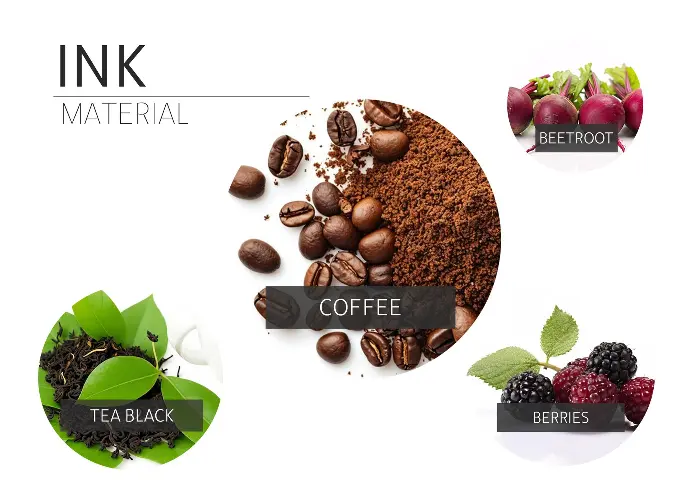
Explore readily available options like berries (blackberries, raspberries), beetroot, walnut shells, tea leaves (black or green), or coffee grounds.
Learn moreWater
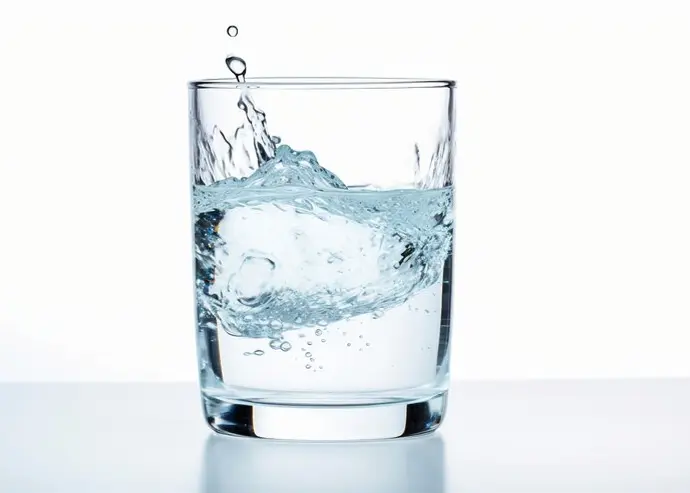
When aiming for the best possible results, it is advisable to use filtered or bottled water, as these options have been shown to consistently deliver superior outcomes.
Learn moreOptional Additions
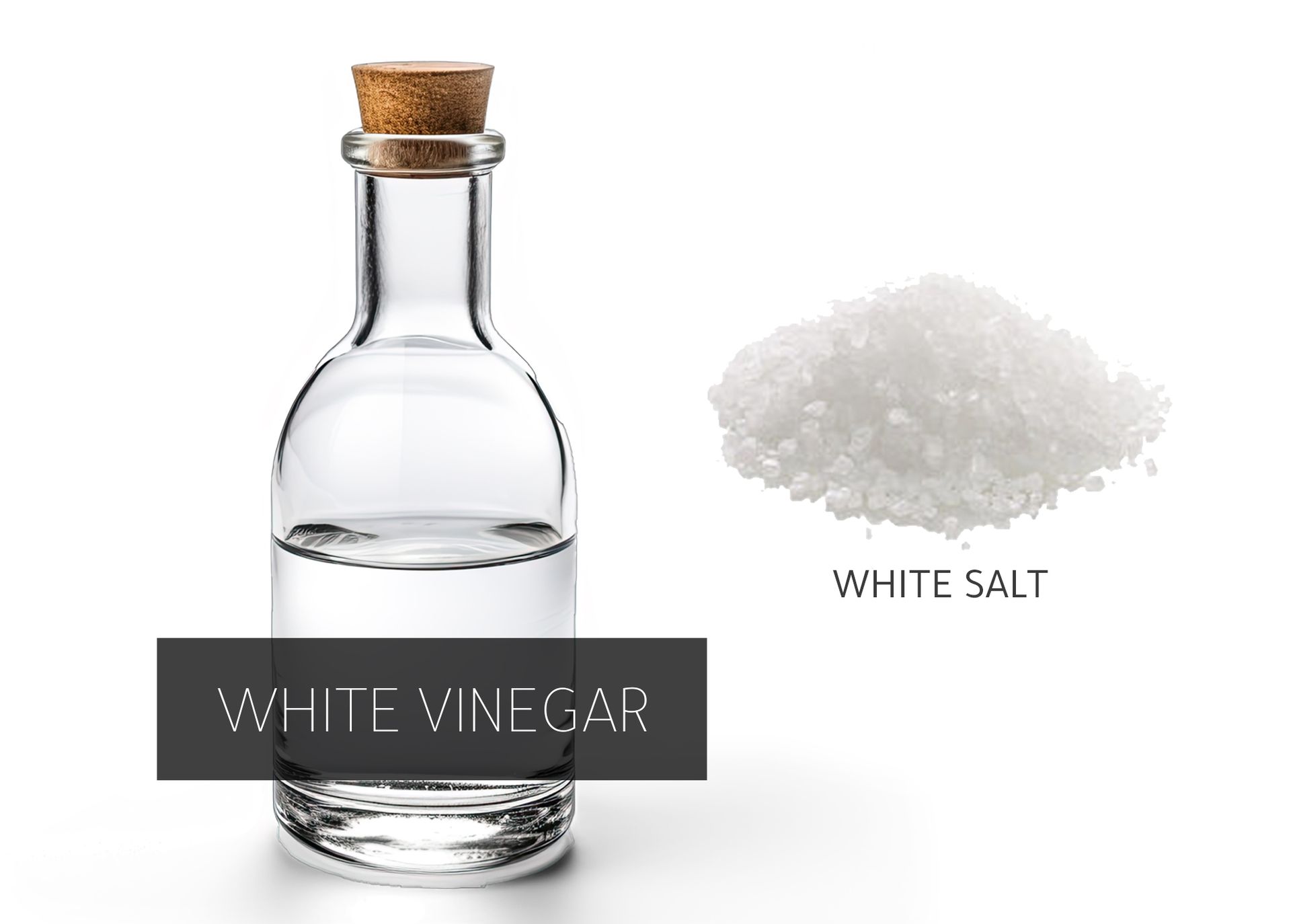
A splash of white vinegar can enhance color extraction from some materials. A pinch of salt might elevate vibrancy (consult UAC instructors for specific recommendations).
Learn moreNatural Glue
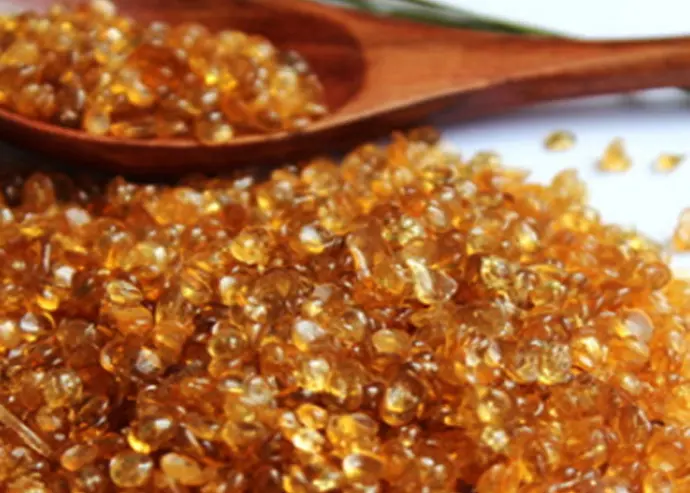
Natural glue plants, also known as gum plants, are a category of flora that produce natural adhesives or resins used in various applications, including ink production.
Equipment
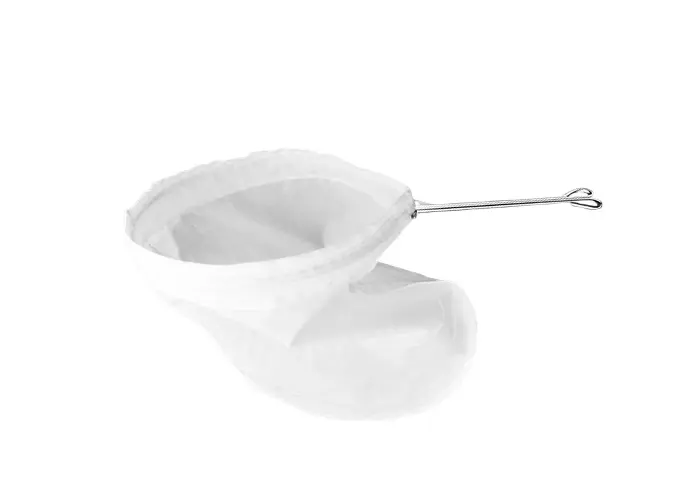
Strainer or Cheesecloth
Separates liquid ink from plant material.
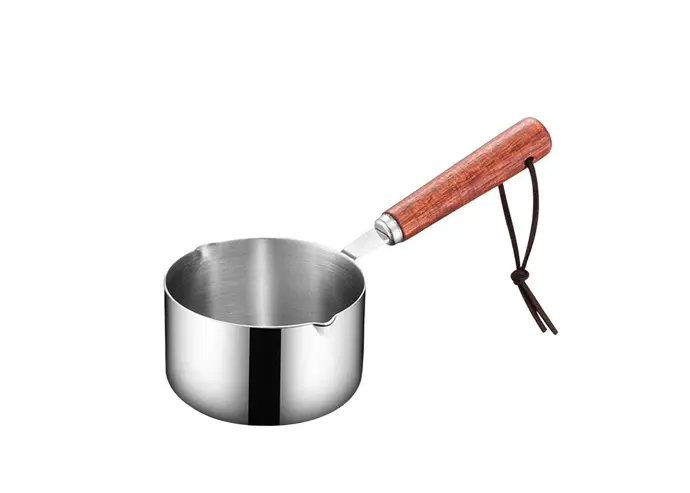
Small Saucepan
For the process of slowly heating up the ink mixture until it reaches a simmer.
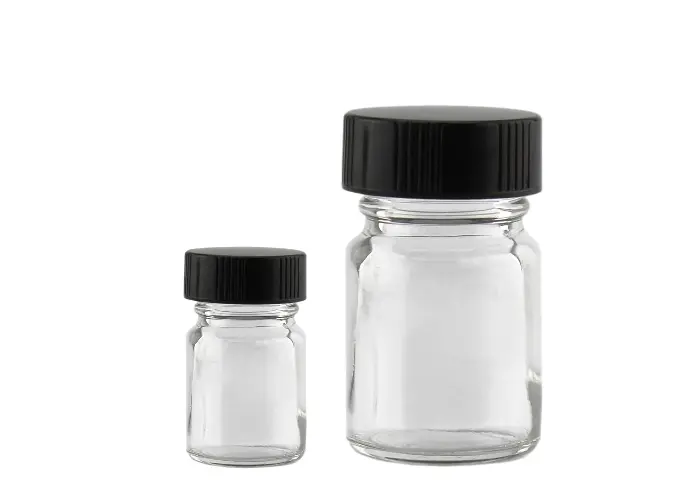
Jar or Container
For the purpose of safeguarding and preserving your finished ink in a secure manner.
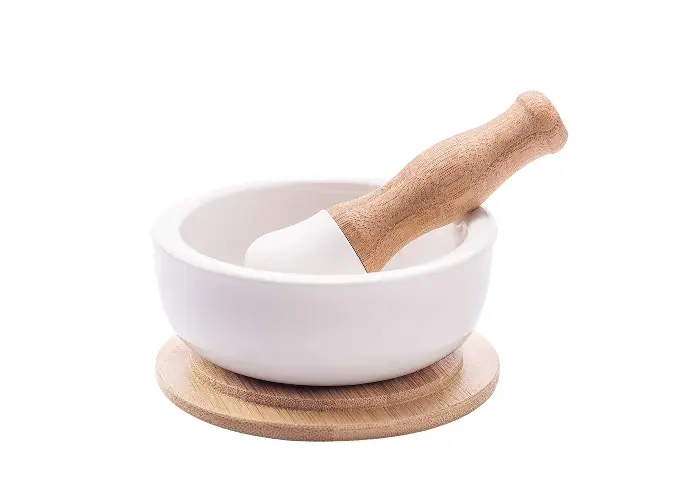
Mortar and Pestle
For grinding harder plant materials.




